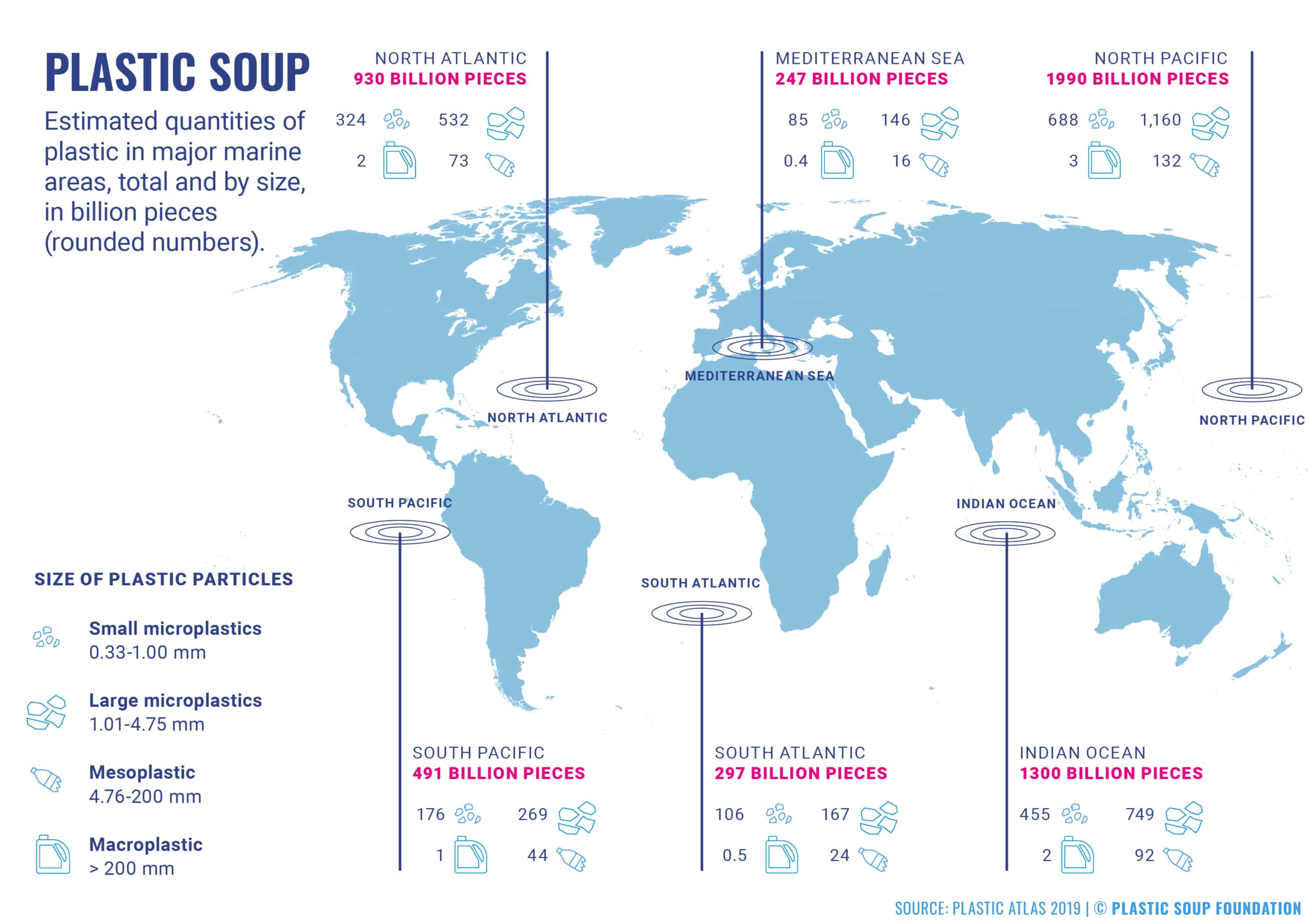Tackling the Tide: Understanding and Addressing Plastic Pollution
Plastic pollution is a silent crisis unfolding in every corner of our planet. From the towering peaks of the northern hemisphere to the depths of the world’s oceans, no area is immune to its grasp. In this article, we will navigate through the murky waters of plastic pollution, exploring its vast scope, its detrimental effects on human health and the environment, and the innovative strides being made to counteract it.
Confronting the Alarming Reality: The Scale of Plastic Production
Annually, the world produces approximately 400 million tonnes of plastic, a number that has been escalating since the first place of the 1970s. Industrialized nations, particularly the United States, contribute significantly to this surge. If current trends continue, it is estimated that there will be a rise in global plastic production to an alarming 1,100 million tonnes by 2050. This increase is a symptom of a larger issue of consumption and waste management affecting areas around the world, reflecting a growing dependency on plastic products in various sectors.
The widespread use of single-use plastic, especially in plastic packaging, has become a substantial contributor to this issue. Products like plastic bags, bottles, food wrappers, and disposable cutlery are found around the world. Their brief lifespan and disposability lead to a cycle of never-ending waste production, burdening waste management systems worldwide.
Moreover, less than 9% of the plastics are recycled. Challenges in recycling technologies and infrastructure contribute to this low rate of plastic waste recycling. Different types of plastics, such as those containing additives such as phthalates, require different recycling methods, further complicating the process.

Plastic recycling potential. Source: Better Future Factory.
Plastic Pollution in the Oceans: A Deepening Crisis

What are the ‘ingredients’ of the plastic soup? Source: Plastic Soup Foundation.
The overproduction of plastic and insufficient recycling efforts lead to significant environmental and health issues. Every year, it is estimated that there are 11 million tonnes of plastic waste finding its way into the oceans. Plastics represent about 80% of all marine litter, with items ranging from large debris to invisible microplastics, impacting every part of the marine environment, from the surface to the ocean floor. The ubiquitous nature of plastic is evident, even in the most remote and pristine parts of the world’s oceans.
The impacts on marine life are devastating, from microscopic plankton to the majestic whales, all animals are ingesting plastic, causing physical harm, starvation, and often death. One of the most striking examples of plastic pollution is the Great Pacific Garbage Patch. Located between Hawaii and California, this massive accumulation of plastic debris in the North Pacific Ocean serves as a stark reminder of the magnitude of the problem. It’s a floating testament to the long-term persistence of plastic waste in our oceans.
The Dangers of Plastic Pollution: Beyond Environmental Impact
The impact of plastic pollution extends beyond visible litter, posing significant risks to ecosystems and human health:
Ecosystem Disruption
Plastic waste disrupts habitats and poses a threat to wildlife across the globe. The degradation of ecosystems due to plastic pollution can lead to loss of biodiversity and the alteration of natural habitats.
Health Risks of Microplastics
As plastics break down, they form microplastics that can carry toxic substances. These particles are small enough to be ingested by wildlife and enter the human food chain, leading to potential health risks. The World Health Organization emphasises the urgency in assessing the impacts of microplastics on human health. While the current levels of the particles in drinking water do not pose an immediate risk, their omnipresence necessitates further research.
Economic Impact
The pollution adversely, and profoundly affects industries that rely on healthy ecosystems, such as tourism and fishing. The costs associated with cleaning up plastic pollution and its impact on wildlife also contribute to economic losses.

Plastic waste ‘mountain’.
The Plastic Problem: Multiple Dimensions
The issue of plastic pollution is multifaceted, encompassing environmental, social, and economic challenges. The production and recycling of plastic often find themselves at odds with the goals of environmental sustainability:
1. Environmental Challenges: Plastic pollution significantly impacts ecosystems, contributing to habitat destruction and biodiversity loss.
2. Social Implications: The widespread use of plastics affects communities, particularly those in some areas near waste accumulation sites or involved in waste management.
3. Economic Conflicts: The economics of plastic production and recycling often clash. The cost-effective nature of new plastic production compared to recycling creates a financial disincentive for recycling initiatives.
4. Affected Recycling Rates: Several factors contribute to lower recycling rates and increased waste, including:
- Economic incentives favouring new plastic production over recycling.
- Complexities in the recycling process, which can vary significantly depending on the type of plastic.
- Market demand for recycled materials, which is often inconsistent and can affect the viability of recycling programs
Click image to open map.
Circular Economy and Solutions
Progress and Goals
The circular economy model, advocated by organisations like the Ellen MacArthur Foundation, revolutionises plastic waste management by shifting from the ‘take-make-dispose’ cycle to a sustainable ‘reuse-recycle-recover’ loop. This approach aims to maximise material reuse and recycling, significantly reducing ocean plastics, saving costs, lowering emissions, and creating jobs. Additionally, organisations like the Plastic Soup Foundation complement this model by preventing plastic pollution from reaching the ocean.
At Better Future Factory, our initiatives align with these principles, focusing not just on waste disposal but on utilising plastic as a resource, demonstrating our commitment to sustainable, impactful solutions for reducing plastic waste.
Looking ahead, the management of plastic waste presents both significant challenges and opportunities for environmental stewardship. If current trends continue, we’re facing a future where over 150 million tonnes of plastic waste could be mismanaged annually by 2040, with 5 million tonnes ending up in the sea. This alarming projection underscores the need for immediate and impactful solutions to prevent further environmental degradation.
The urgency for action cannot be overstated. Delaying effective measures, even by a few years, could lead to substantially greater amounts of plastic pollution, with severe long-term consequences for both the environment and human health. Addressing this crisis requires a collective effort that spans individuals, communities, industries, and governments worldwide. It calls for a combination of innovative solutions, sustainable practices, and robust policies to make a meaningful impact.
Our Collective Responsibility
The battle against plastic pollution is not only an environmental issue; it’s a vital step towards a sustainable future for our planet. It demands the collective effort of individuals, communities, industries, and governments across the globe. By embracing sustainable practices, advocating for effective policies, and employing innovative solutions, we can make significant strides in addressing this global challenge. The task is daunting, but with united commitment and action, we can turn the tide on plastic pollution and safeguard our planet for future generations.

